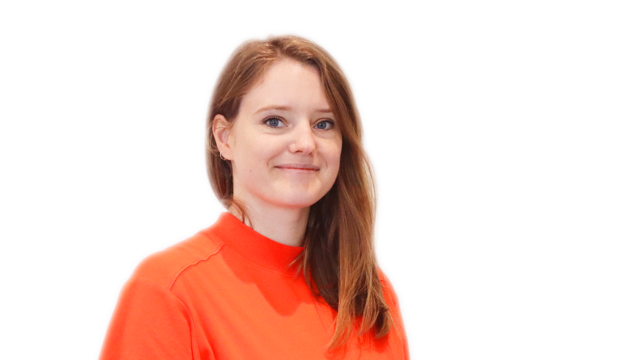Healthy, active places
A key GM Moving priority is to support healthy and active places that embed and encourage the conditions for healthy and active lives for all within Greater Manchester throughout all stages and circumstances of life.
The places in which we live, play, work and age matter to our lives.
They provide the framework in which we move through life, contributing to our health and wellbeing as a wider determinant of health.
The design of these spaces influences how easy it is to be active, what access to nourishing spaces we have, our opportunities for social interaction and joy, as well as the health and sustainability of our planet.
How we work towards a built environment that is healthier and more active is important: the process of creating spaces impacts how we feel about where we live; how we adapt places that are already built matters to our communities; and how we care for these spaces contributes to how we can use them throughout our lives.
The quality of our homes and neighbourhoods is important, to us individually but also as a society as we work towards a fairer Greater Manchester.
Studies have shown that our homes and neighbourhoods can contribute as much as 29% to the health inequalities that we see and can mean as much as a 19-year difference in life expectancies.
There is growing understanding of the importance of good design, holistic thinking about our spaces, and the role these play in contributing to active lives, creating health and wealth for the region and a more sustainable future.
This is being reflected in policy changes and a growing public and political appetite to change the way we design, plan and treat our streets, buildings and public spaces.
We want to support the efforts to put our health and happiness back into the heart of Greater Manchester’s built environment.
Further details please contact
- Kelly-Marie Rodgers
Strategic Lead for Healthy Active Places - [email protected]
- 07702869658
Photo credit
Access to Green Spaces
Healthy, active places principles
To help us envisage the future we're working towards, we have pulled together a set of healthy and active design principles.
Creating Age-Friendly Developments guide
Co-authored by Kelly-Marie Rodgers, Strategic Lead - Healthy Active Places at GM Moving and Dr Mark Hammond, the Creating Age-Friendly Developments guide will help ensure older people’s voices and needs are considered in the design process.
The guide offers a list of age-friendly factors for architects, planners, and developers to consider when creating new or retrofit urban developments.
This includes how older people's voices should be included in the planning process, how neighbourhoods can support ageing in place, and features of age-friendly housing.
By providing guidance to industry professionals on how to be inclusive of people in mid to later life, the guide aims to help residents of our city-region age well for generations to come.
Right to the Streets Project - Trafford
Using the Home Office Safer Streets Fund, the Right to the Streets project in Trafford explores ways to make streets and public spaces safer and more welcoming for women and girls, enabling them to feel a sense of belonging in their community and able to live active lives.
Read more on the Right to the Streets project here and how you can get involved.
Latest News
All News
Healthy City Design 2025 International Congress coming to Salford in October
Healthy City Design 2025 International Congress comes to the Lowry at MediaCity this October with GM Moving set to be an Event Partner.

Right to the Streets raising awareness of need for healthy, active, and safe places
Our efforts to make public places and spaces safer and more welcoming for women and girls to be active through Right to the Streets continues

New national guidance released to support delivery of School Streets
New guidance from Active Travel England and the Department for Transport will help councils deliver school streets that work for schools and local communities.
